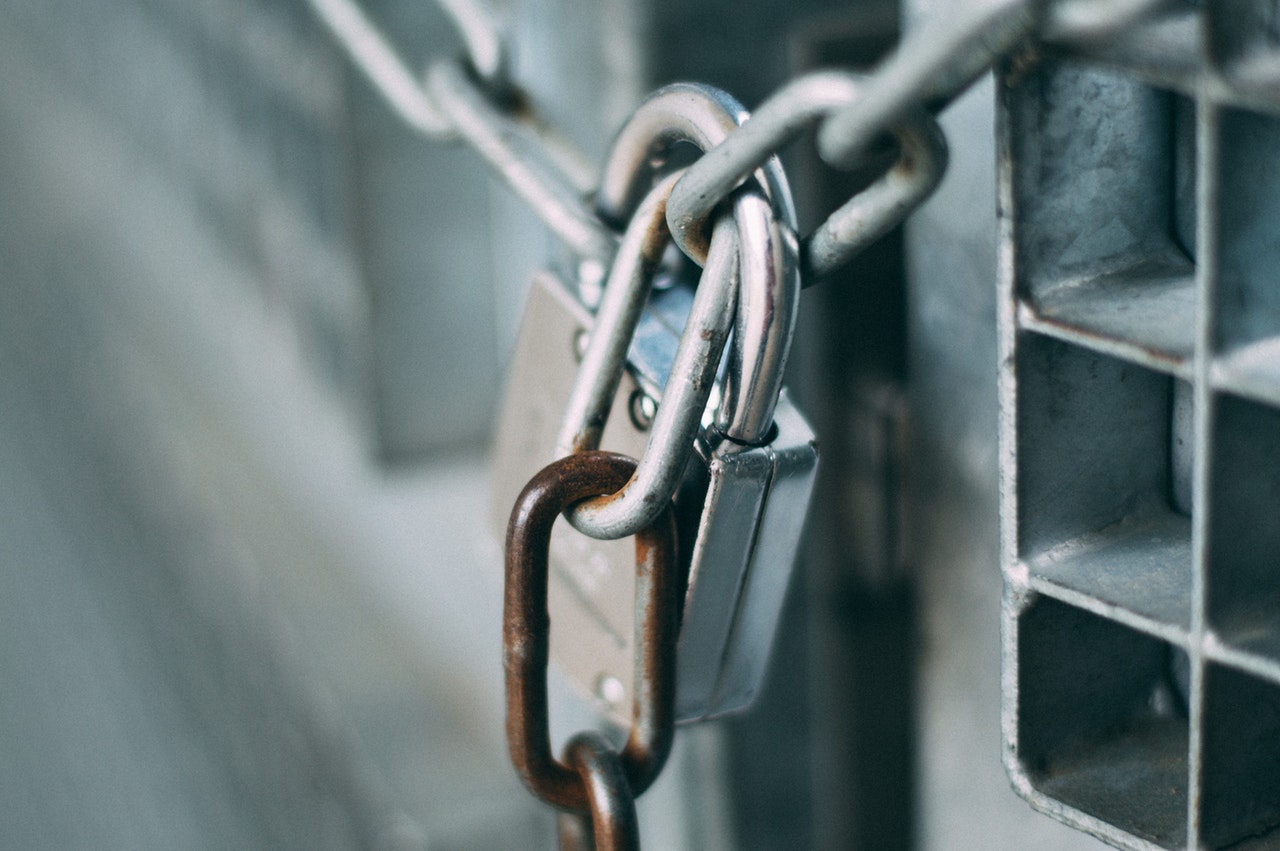Highlights
- Both female and male children of incarcerated parents have more and quicker paced nonmarital fertility. Post This
- McCauley documents three aspects of fertility behavior that disadvantage adults who had an incarcerated parent: they have children earlier and closer together, and they are less likely to have children within marriage. Post This
- Populations at the highest risk of parental incarceration experience earlier, quicker, and more nonmarital fertility overall. Post This
I developed a course in Families and Incarceration for the Catholic University of America in the fall of 2021. The literature on the collateral consequences of the prison boom had come to include enough on spillover from prison into family life to engage college students for more than a semester. I believe mine was the second such course offered to US college students, and I stood on the shoulders of giant Anna Haskins to create it.
A new strand in the literature on families and incarceration is now emerging as the children of the prison boom have become adults. Between 1985 and 1995, the total prison population grew an average of 8% per year—anything growing at that rate doubles in less than 9 years. How would you like to secure an 8% return on your investments for a whole decade? But more soberly, what happens to kids when parental incarceration skyrockets like that? People who were children during that period are nearing the end of their own childbearing years (e.g., a 10-year-old in 1985 is approaching 50 now).
Erin McCauley, a former student of Haskins and now Assistant Professor at the University of California San Francisco, adds significantly to what we know about how a parent's incarceration carries consequences over the life course in her recent article on fertility. McCauley’s conclusions were supportive of a broader theme that I wrote about in my last post in this space: Diverging Destinies. Simply put, the Diverging Destinies thesis maintains that class differences in family behaviors contribute to income inequality. McCauley documents three aspects of fertility behavior that disadvantage adults who had an incarcerated parent while they were growing up: they have children earlier, their children are spaced closer together, and they are less likely to have children within marriage.
At first blush, these findings might not seem so remarkable. It is easy to imagine that a girl whose dad was in prison when she was 15 might be disadvantaged in a lot of ways that work against delaying childbearing until marriage. For example, she is more likely to live in a neighborhood with poor schools that not only limit her own educational ambitions, but that also limit the earnings of potential husbands. Having a child early costs women less when a college education seems more like a pipedream than something accessible, and men without stable jobs are less likely to be considered “marriageable men.” As another example, kids who live in neighborhoods where drug dealing is one of the most lucrative professions have disadvantages whether or not they have a parent convicted for the trade. Living with a single mother (and growing up without dad) is also associated with early sex and pregnancy, and that is more common in low-income families. In other words, it might seem unremarkable that those coming from disadvantaged backgrounds have both parental incarceration and early nonmarital childbearing in their lives.
McCauley’s work does not statistically control for everything that is a common cause of both disadvantaged fertility patterns and parental incarceration, but she does establish that parental incarceration is still associated with childbearing patterns net of race, ethnicity, parent’s religiosity, urbanicity, region of the US, parental education, and mother’s age at the respondent’s birth. That is, she eliminates factors that condition both parental incarceration and fertility in order to show that parental incarceration still predicts offspring’s fertility even after accounting for all that. The finding even survived statistical controls for family factors (net worth, parenting style, household size and composition, home risk, home enrichment, living through hard times, and respondents’ characteristics (delinquency, self-rated health, and substance use). Her earlier work linked parental incarceration with risky sexual behavior; now she has shown a link with fertility outcomes as well.
Does the distinction between risky sexual behavior and fertility outcomes really matter? Yes. While sexual health is important in its own right, fertility is an important pathway for the intergenerational transmission of disadvantage. If being a child directly affected by the prison boom shaped fertility, then the already solid case that expansion of the prison system exacerbated socioeconomic disparities gains still greater solidity. Both female and male children of incarcerated parents have more and quicker paced nonmarital fertility.
McCauley’s connecting the prison boom with fertility patterns in the next generation is particularly depressing because it is so obvious that further costs are inevitable. First, the grandchildren of the prison boom will be affected by their parent’s fertility patterns: not only is it well established that the timing of childbearing is transmitted from parents to children in the United States, but the correlation between parent and child fertility behavior has only grown stronger over time. As she concluded, “the long arm of incarceration can and does stretch across multiple generations.”
Second, just because the US prison population is no longer growing at rates that would make your bank account jealous, it is still a huge population: no longer in excess of 1.5 million people, but still in excess of 1.25 million. So, McCauley’s work showing that the massive growth of incarceration from 1975-2005 has already contributed to Diverging Destinies through fertility clearly implies that today’s high rates of incarceration will continue to fuel growing inequality. A disadvantage that falls disproportionately on low-income folks makes socioeconomic gaps bigger; destinies are not just separate, they diverge. As McCauley noted, populations at the highest risk of parental incarceration (Black and Hispanic individuals, and those from families with low socioeconomic resources) experience earlier, quicker, and more nonmarital fertility overall: parental incarceration compounds this disadvantage.
It is important for us to recognize that whether the sins of the parents are visited upon the children depends, in part, on whether we as a society punish the sins of the parents through incarceration. The story McCauley tells means that further costs are inevitable given current levels of incarceration and ripple effects across generations, but these ripples would subside if fewer kids were separated from their parents by incarceration, when possible, going forward.











